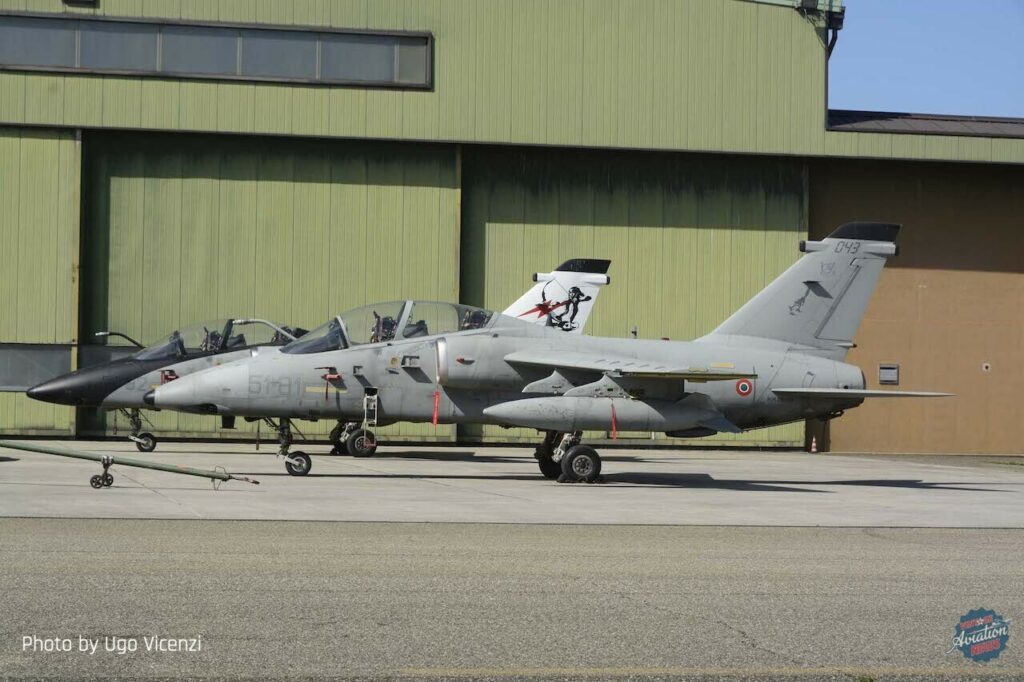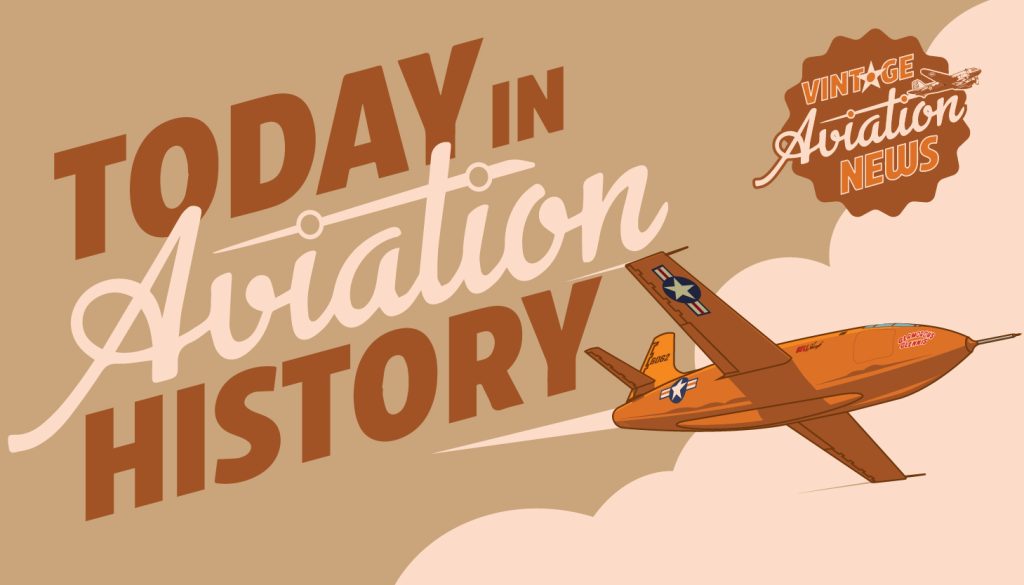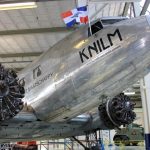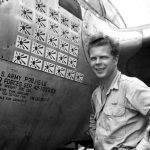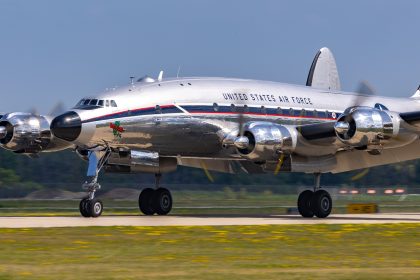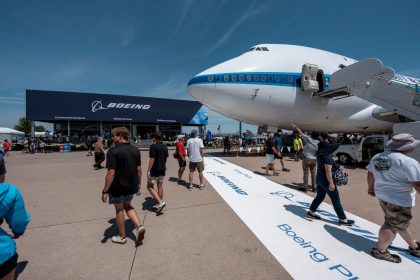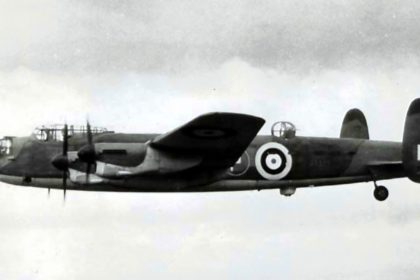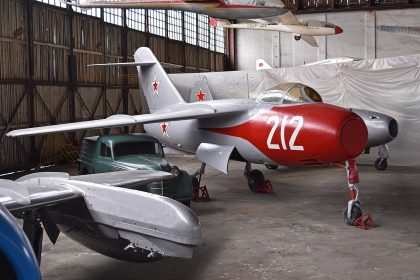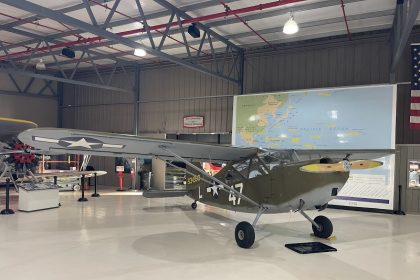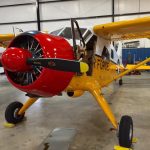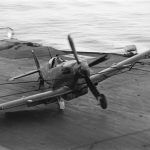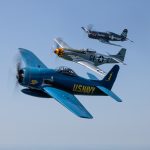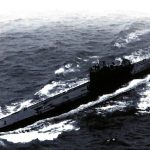On this day in aviation history, 41 years ago—May 15, 1984—the AMX International AMX made its first flight. Jointly developed by Italy and Brazil, the AMX was designed as a dedicated ground-attack aircraft. It was known as the A-11 Ghibli in Italian service and the A-1 in Brazilian service. The program was formalized through a 1981 memorandum of understanding between the two countries, allowing for collaborative design, production, and operation of the aircraft.
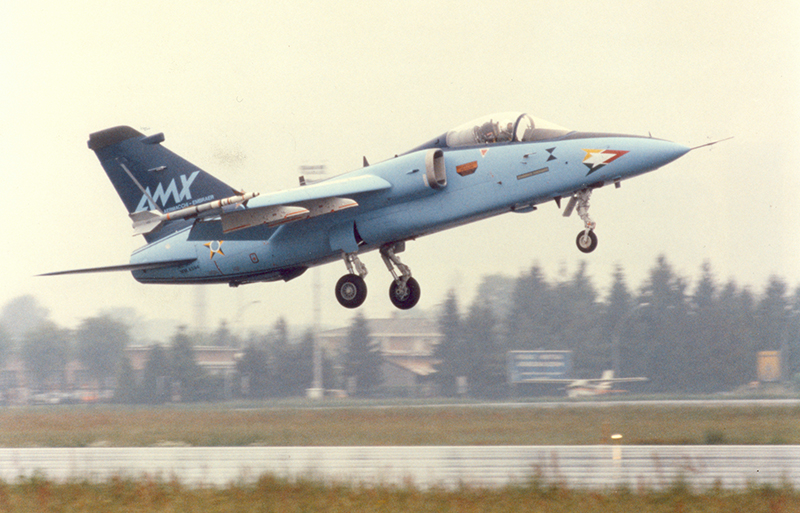
The AMX was intended to replace aging fleets in both nations. Italy developed the A-11 Ghibli to succeed the Aeritalia G.91 and Lockheed RF-104G Starfighter in close air support and reconnaissance roles. Brazil, meanwhile, sought a modern replacement for its Aermacchi MB-326 trainers in a light-attack configuration. The result was a versatile, subsonic aircraft well-suited to battlefield interdiction, precision strike, and tactical reconnaissance.
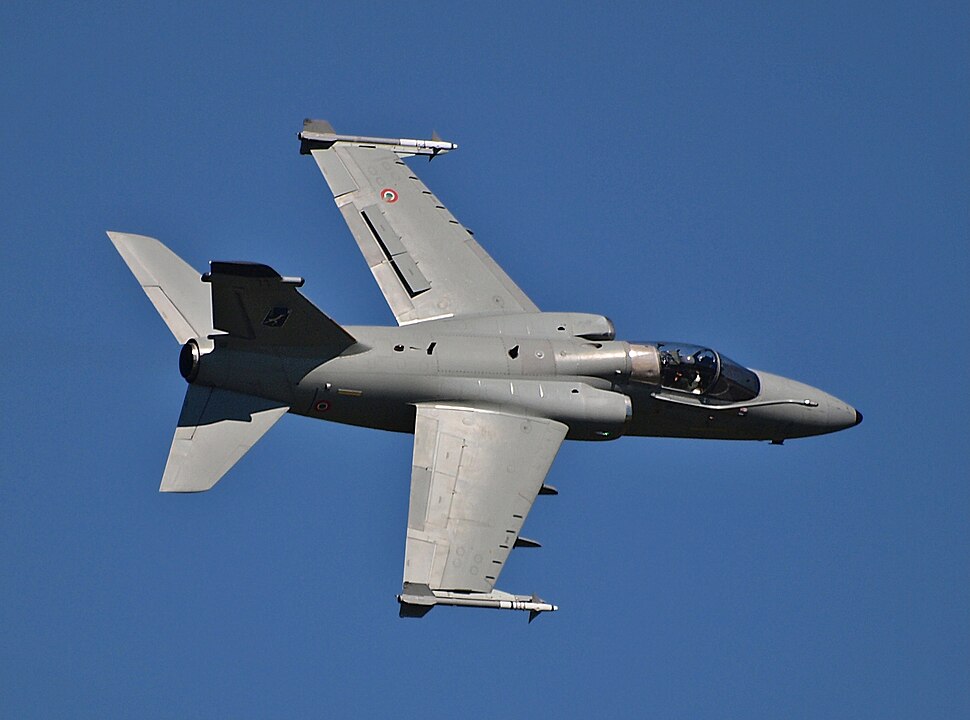
The AMX entered service in 1989. It saw combat for the first time in 1995, when Italy’s 103° Gruppo flew missions over Bosnia during Operation Deny Flight. Italian AMXs were later deployed to Afghanistan and Libya between 2009 and 2011, proving the type’s value in modern expeditionary operations.
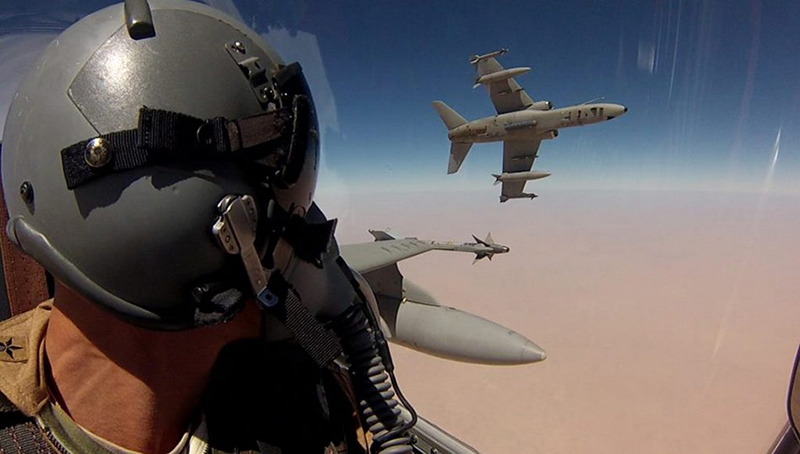
Powered by a single Rolls-Royce Spey 807 turbofan engine generating 11,000 pounds of thrust, the AMX could reach a top speed of 654 mph, with a combat radius of 552 miles and a service ceiling of 43,000 feet. Italian variants were armed with the 20mm M61A1 Vulcan cannon, while Brazilian models were equipped with the 30mm Bernardini Mk-164. The AMX was capable of carrying a wide array of munitions, including air-to-ground missiles, rocket pods, and up to 8,378 pounds of bombs on multiple hardpoints.
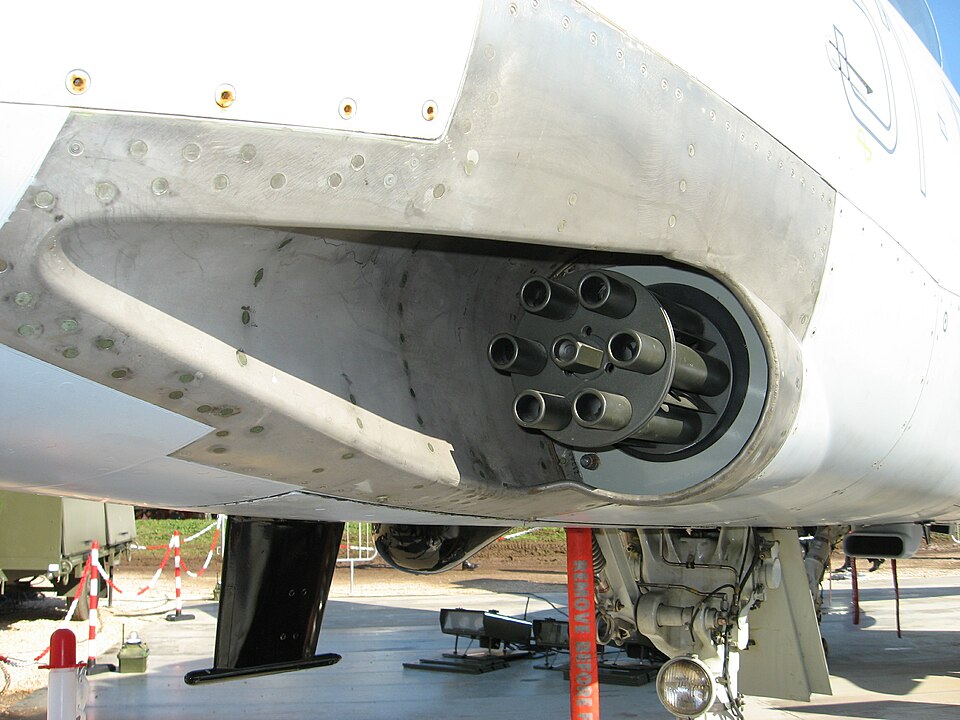
After a long and reliable service life, the A-11 Ghibli was officially retired by the Italian Air Force in 2024. The Brazilian Air Force continues to operate the AMX A-1, though plans are in place to replace it with the JAS 39E/F Gripen by the end of 2025.
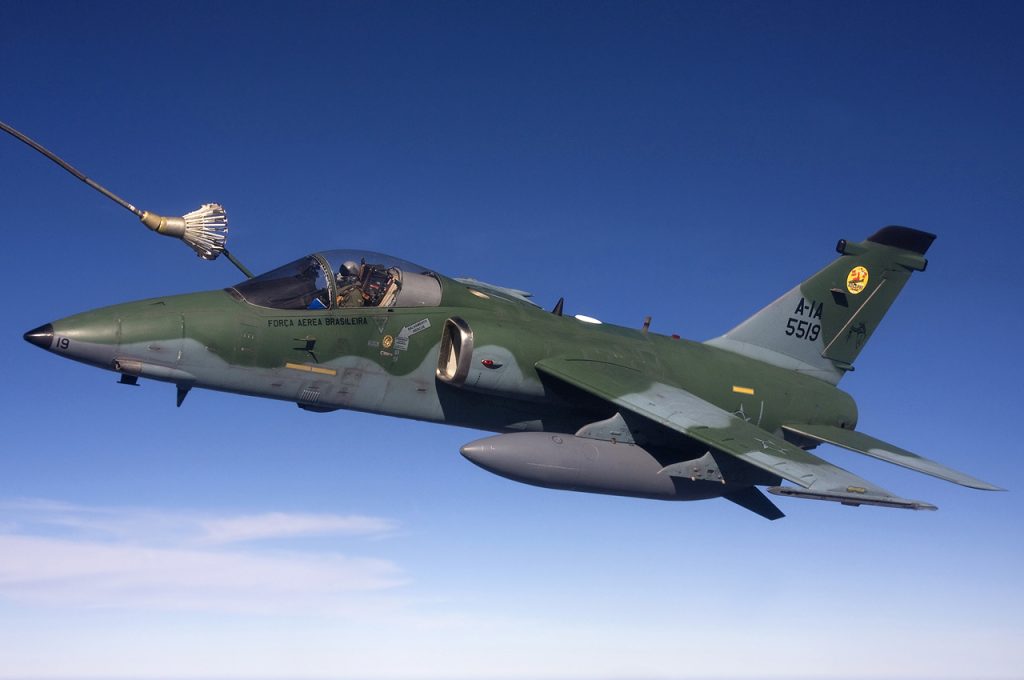
While the AMX never achieved the fame of its contemporaries, it served both nations well for decades—quietly delivering precision, reliability, and versatility in combat zones around the world.
